Liposuction is a surgical process in which fat from particular body parts, such as the belly, hips, thighs, buttocks, arms, or neck is removed. Additionally, liposuction shapes these areas. Liposuction is also known as lipoplasty and body sculpting. Liposuction is a technique for removing fat that is utilized in cosmetic surgery.
Different types of liposuction are as follows:
- Tumescent liposuction also known as a fluid injection is the most common type of liposuction. It involves injecting a large amount of medicated solution into the areas before the fat is removed. Sometimes, the solution may be up to three times the amount of fat to be removed. This type of liposuction generally takes longer than other types.
- Super-wet technique is similar to tumescent liposuction. The distinction is that during the procedure, less fluid is used. Equal to the quantity of fat to be eliminated, the same amount of fluid is injected. It takes less time to use this method. However, it frequently necessitates general anesthesia or sedation (medication that makes you sleepy).
- Ultrasound-assisted liposuction (UAL) uses ultrasonic vibrations to turn fat cells into liquid. The cells can then be swept out. UAL can be applied externally (above the skin's surface using a specific emitter) or internally (below the surface of the skin with a small, heated cannula). This method might be useful for reducing fat in parts of the body that are fibrous and thick, such as the upper back or enlarged male breast tissue. UAL is frequently employed for increased precision, in addition to the tumescent technique, or in follow-up (secondary) surgeries. In general, this process requires more time than the super-wet method.
- Laser-assisted liposuction (LAL) uses laser energy to liquefy fat cells. After the cells are liquefied, they can be vacuumed out or allowed to drain out through small tubes. Because the tube (cannula) used during LAL is smaller than the ones used in traditional liposuction, surgeons prefer using LAL for confined areas. These areas include the chin, jowls, and face. A possible advantage of LAL over other liposuction methods is that energy from the laser stimulates collagen production. This may help prevent skin sag after liposuction. Collagen is the fiber-like protein that helps maintain skin structure
Fluid accumulation,NumbnessInfection,Internal puncture,Fat embolism,Kidney problems,heart problems and Lidocaine toxicity are some Possible complications specific to liposuction.
Although liposuction is permanent, if you do not modify your eating habits, you may gain weight in the treated areas in the future. Like any surgical procedure, liposuction also possesses the risk of the patient bleeding or reacting to anesthesia. There can be a possibility of surgical complications as well. Irregularities in the skin- Bumpy, wavy, or uneven skin can be caused over time.
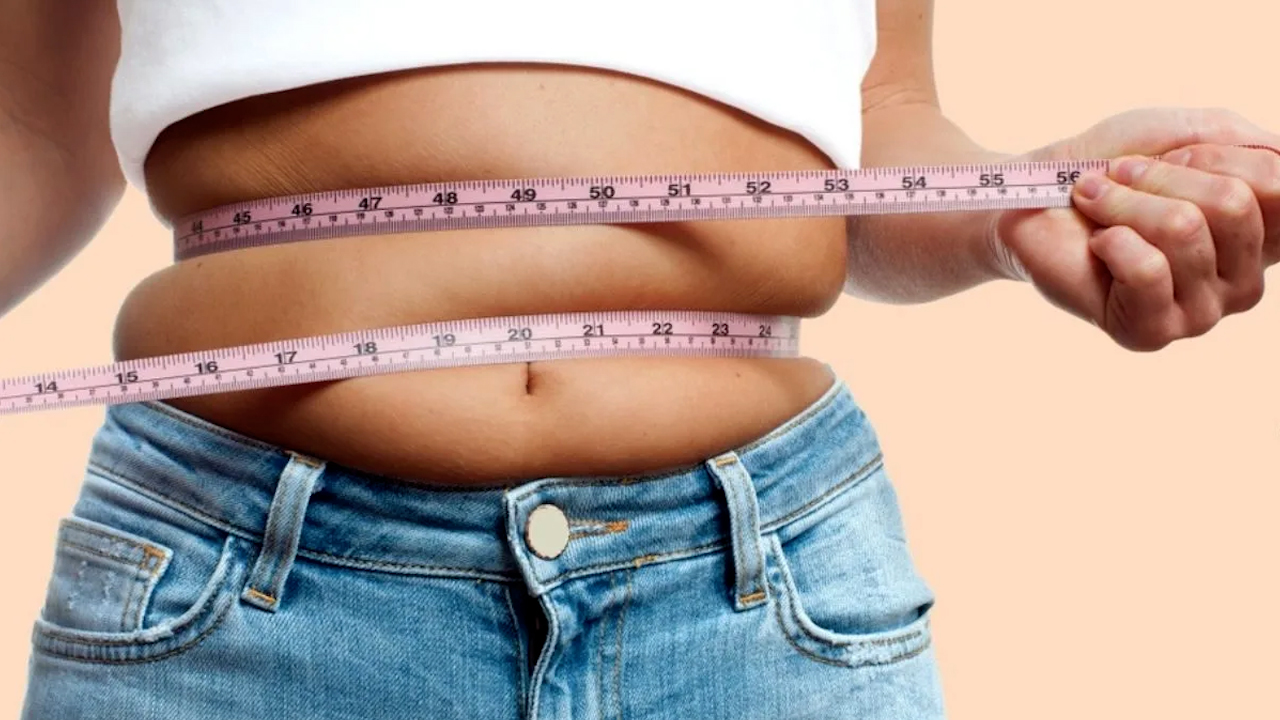
 Liposuction is one of the easiest and effortless ways to get in shape.There is no specific limit to the number of times a person can get liposuction to one area. However the more frequently you have the procedure, the more scar tissue will build up.
Liposuction is one of the easiest and effortless ways to get in shape.There is no specific limit to the number of times a person can get liposuction to one area. However the more frequently you have the procedure, the more scar tissue will build up.




.png)
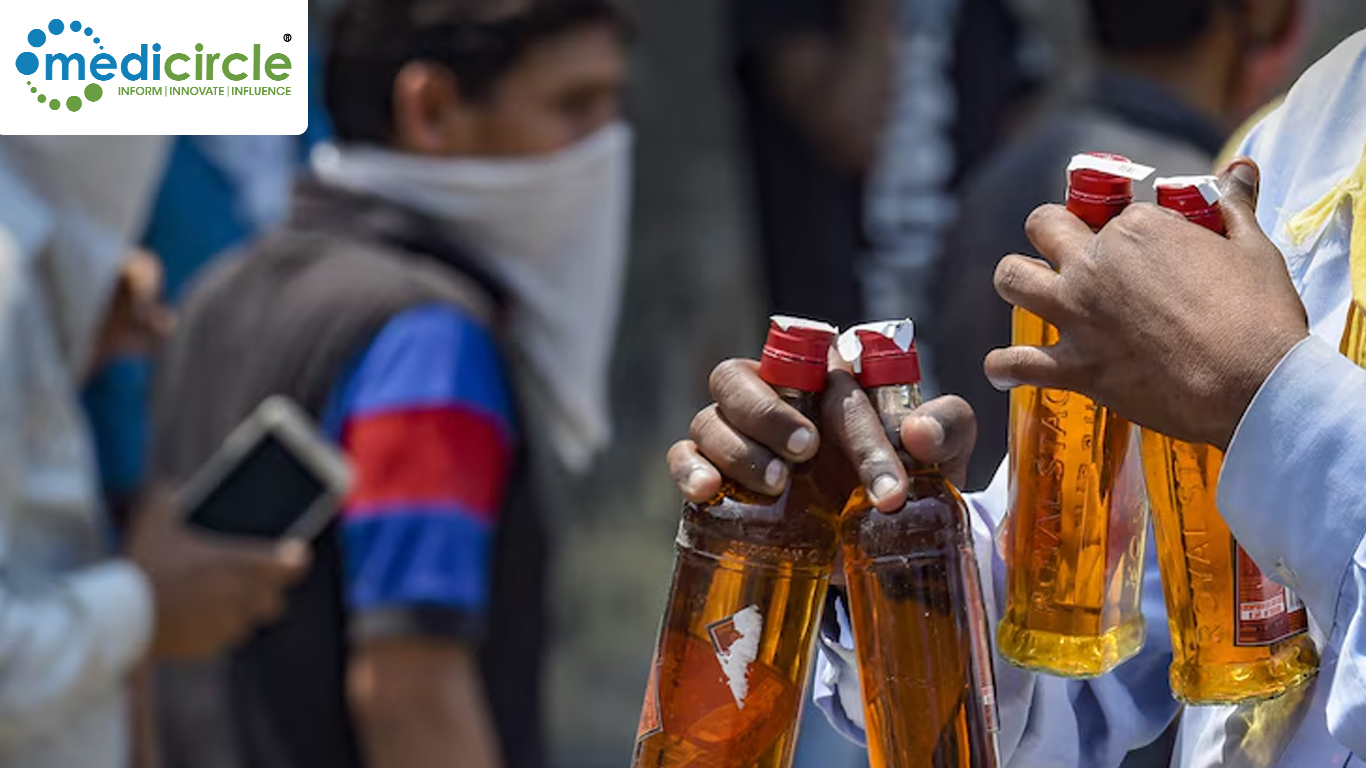


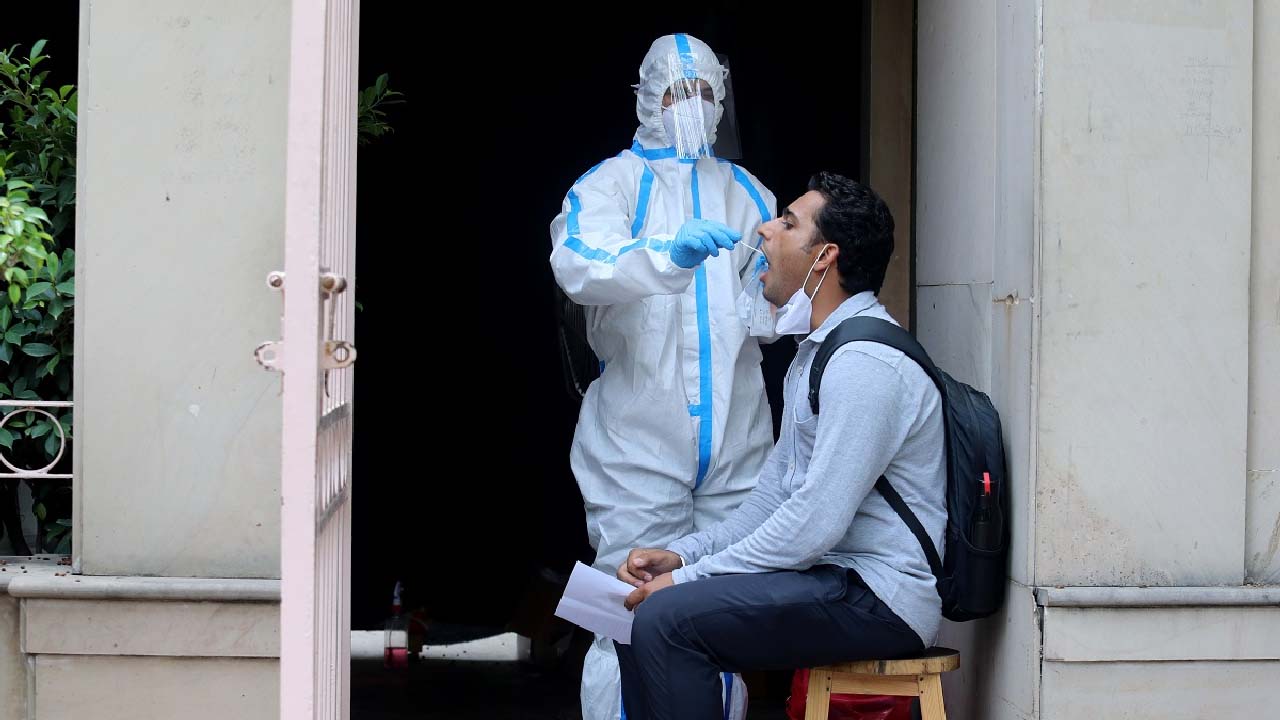
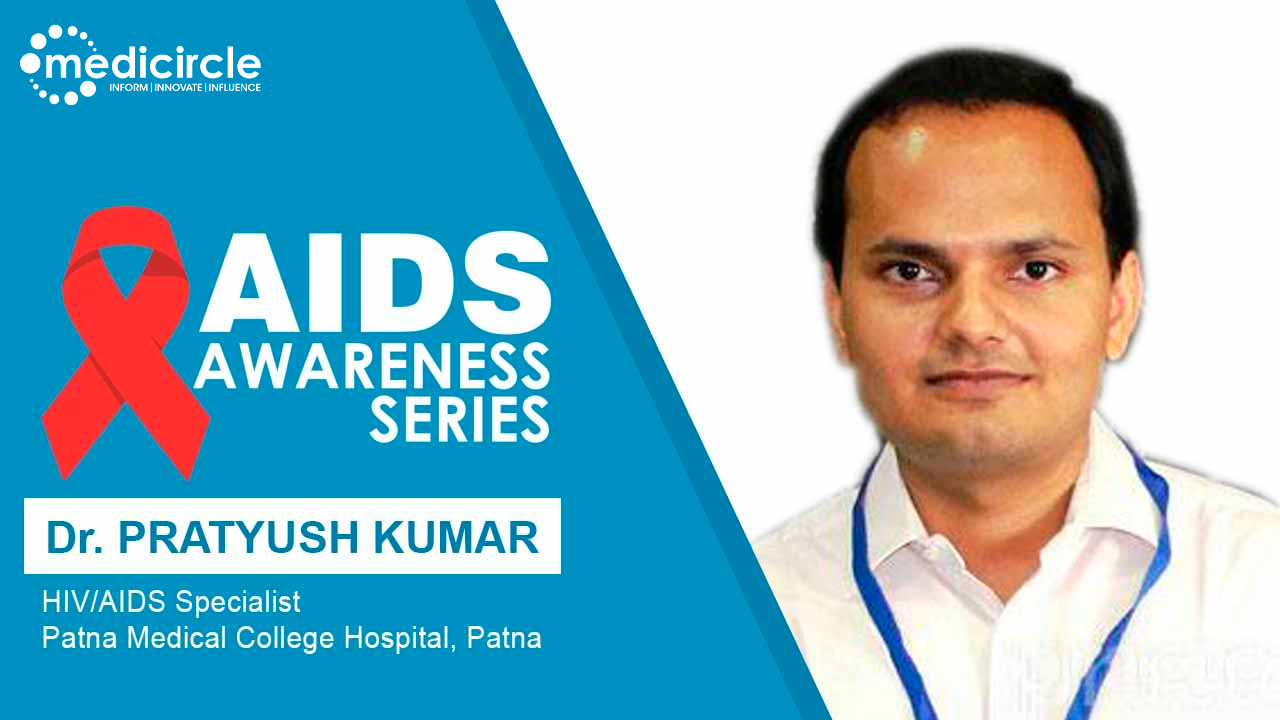

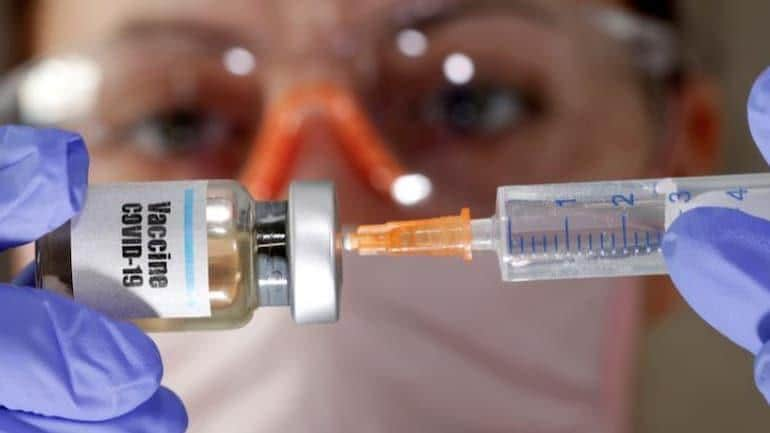
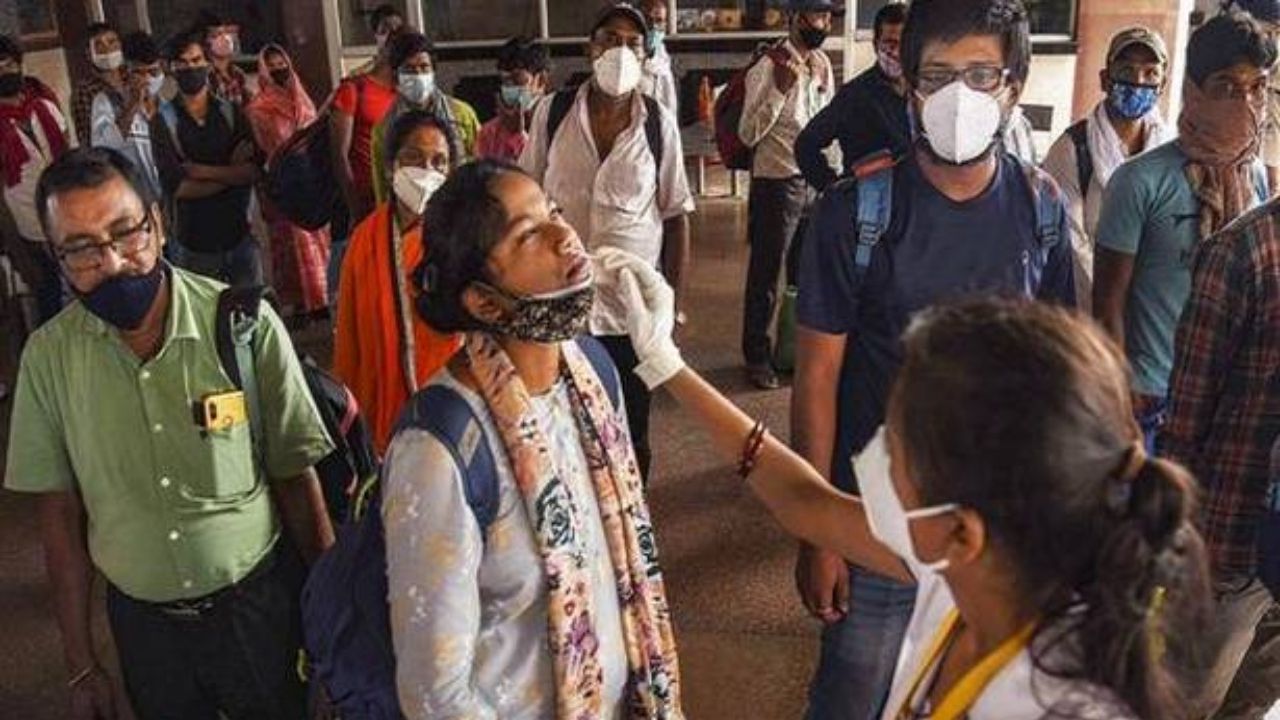
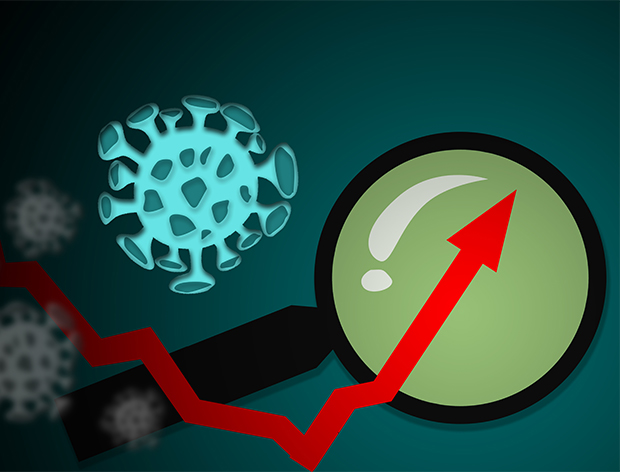





.jpeg)








.jpg)




.jpg)




